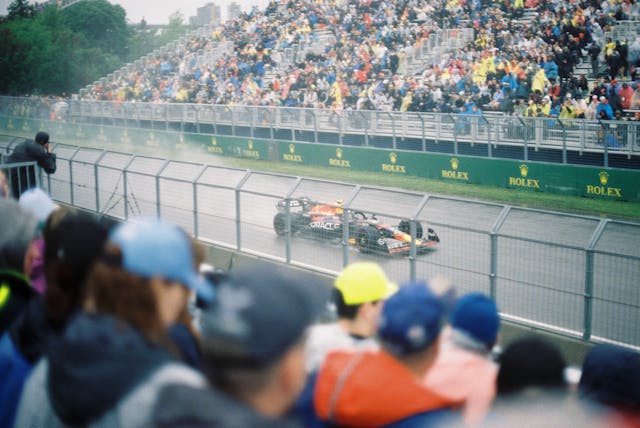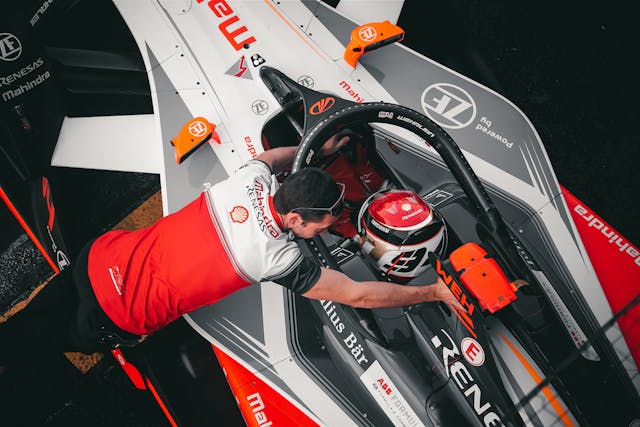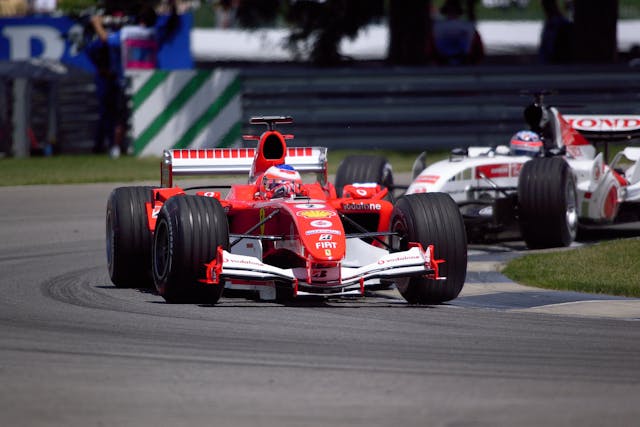Thanks for stopping by GertieBlu, your go-to blog for all things fast, fun, and thrilling! Today, we’re taking a pit stop to explore one of the most exciting topics in motorsport: Formula 1 racing. With its roaring engines, precision driving, and global fanbase, F1 is more than just a sport; it’s a lifestyle.
At the heart of this exhilarating world are the legendary tracks where the magic happens. Whether you’re a hardcore F1 fan or a newbie just getting your feet wet, there’s something special about these circuits. Today, I’m sharing the five most famous Formula 1 tracks that every motorsport enthusiast needs to know—and when you can catch the next big race.
1. Circuit de Monaco (Monaco Grand Prix)
Arguably the most iconic track in all of F1, the Circuit de Monaco is synonymous with glamour, prestige, and high stakes. The Monaco Grand Prix is set against the stunning backdrop of Monte Carlo’s harbor, with superyachts lined up and celebrities watching the action.
What makes Monaco so special? The track is notoriously tight, with narrow streets and tight corners, demanding immense precision and skill from drivers. It’s an unforgiving circuit, where one wrong move can lead to disaster.
- When to visit: The Monaco Grand Prix is held annually in late May. This race is perfect for those who want to mix high-speed action with a luxurious European getaway.
2. Silverstone Circuit (British Grand Prix)
The birthplace of modern F1 racing, Silverstone in the UK is steeped in motorsport history. First hosting a Formula 1 race in 1950, Silverstone is known for its fast straights, sweeping curves, and a passionate fanbase that brings incredible energy to the event.
This track combines speed with technical corners, making it a driver’s favorite and a thrilling spectacle for fans. The British Grand Prix is a must-see for anyone looking to experience F1 at its finest, with unpredictable weather sometimes adding an extra layer of excitement.
- When to visit: The British Grand Prix typically takes place in early July, making it a perfect summer event for F1 fans.

3. Circuit de Spa-Francorchamps (Belgian Grand Prix)
Spa-Francorchamps in Belgium is one of the longest and most challenging circuits in Formula 1. Known for its stunning natural scenery through the Ardennes Forest, Spa features a unique mix of high-speed straights and technical corners, including the world-famous Eau Rouge-Raidillon complex.
Drivers love the challenge Spa presents, with its unpredictable weather often throwing in a curveball. One part of the track could be sunny, while the other might be drenched in rain. This unpredictability makes it a favorite for fans as well.
- When to visit: The Belgian Grand Prix is usually held in late August, providing a late summer racing experience. Be prepared for any type of weather, though!
4. Suzuka International Racing Course (Japanese Grand Prix)
Suzuka is one of the most unique and technically demanding tracks in the Formula 1 calendar. Designed as a figure-eight circuit, Suzuka offers a variety of challenges, including sweeping high-speed corners and technical sections that test drivers’ concentration and car control.
This track holds a special place in F1 history, having hosted many title-deciding races over the years. Japanese fans are some of the most dedicated and passionate in the world, making the atmosphere here electric.
- When to visit: The Japanese Grand Prix usually takes place in early October, giving you the chance to enjoy the fall season in Japan while catching some heart-stopping racing action.
5. Autodromo Nazionale Monza (Italian Grand Prix)
Monza, known as “The Temple of Speed,” is one of the oldest tracks in Formula 1 and certainly the fastest. Located just outside Milan, Monza is a high-speed track with long straights, banked corners, and plenty of opportunities for overtaking, making it an exciting race to watch year after year.
The Italian Grand Prix is a celebration of passion for motorsport. Ferrari fans (known as the Tifosi) bring an unparalleled energy to Monza, turning the event into a vibrant spectacle. The track itself is unforgiving, and any mistake can be costly.
- When to visit: The Italian Grand Prix takes place in early September, offering a great opportunity to blend racing excitement with Italian culture, cuisine, and sunshine.
When to Watch F1 Live and In Person
F1 races take place all over the world, with the season typically kicking off in March and ending in November. The best time to catch a race depends on where you want to go and the type of experience you’re after. For the glamour of Monaco, head there in May. If you’re looking for a classic racing experience steeped in history, Silverstone in July or Monza in September are your best bets.
Many fans also enjoy the thrill of night races, like the Singapore Grand Prix in late September, which adds a futuristic vibe to the F1 experience. No matter what you choose, attending a Formula 1 race is an unforgettable experience that blends speed, precision, and a global atmosphere unlike any other sport.

Conclusion
From the glitzy streets of Monaco to the high-speed straights of Monza, these tracks aren’t just places where cars race—they’re landmarks of Formula 1 history and culture. Each one has its own unique character, challenges, and allure, offering fans the opportunity to experience the sport in completely different ways.
So, whether you’re planning your next trip or just daydreaming about the ultimate F1 experience, make sure these five tracks are on your radar. There’s nothing quite like the adrenaline rush of live Formula 1 racing, and with a global calendar, there’s always an opportunity to witness history in the making.
Until next time, keep those engines revving!
GertieBlu









